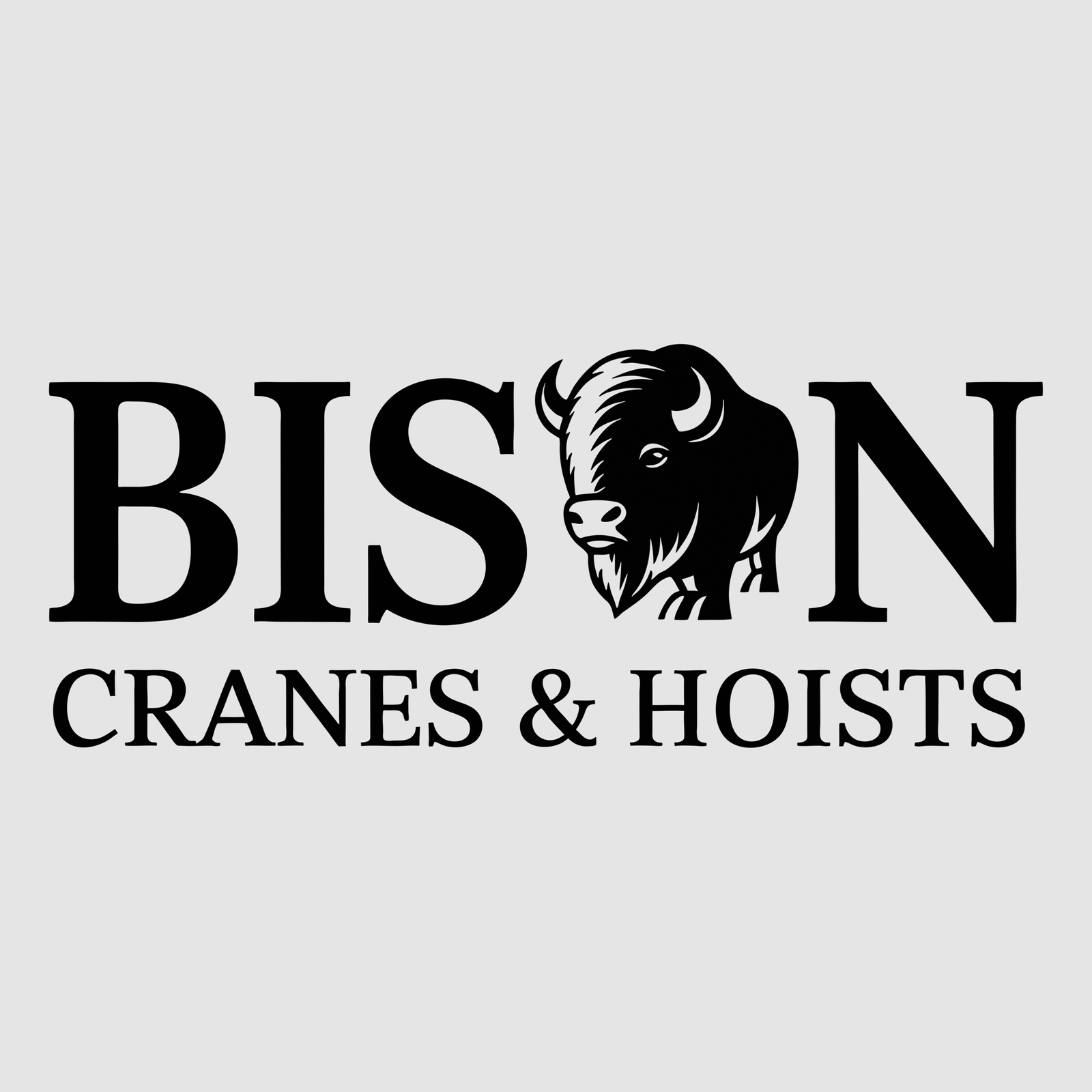Introduction to Lifting Equipment
Lifting equipment plays a critical role in various industries, simplifying the process of moving and handling heavy loads. From overhead cranes to gantry cranes, these machines are designed to boost efficiency and safety in the workplace. This guide will introduce you to some essential lifting equipment, explaining their uses and benefits.
Types of Lifting Equipment
Among the most commonly used lifting equipment are the overhead crane and the gantry crane. The overhead crane is typically employed in warehouses and manufacturing facilities for significant lifting tasks. Conversely, gantry cranes are versatile and can be used both indoors and outdoors, proving useful for loading and unloading operations.
Other notable lifting equipment includes the jib crane, which offers flexibility in lifting and extending loads over specific areas; and the Euro type wire rope hoist, renowned for its reliability and performance. Meanwhile, the CD/MD wire rope hoist provides heavy-duty lifting solutions while the electric chain hoist is ideal for speed and efficiency.
Additional Equipment and Accessories
In addition to cranes and hoists, there are various accessories that enhance lifting operations, such as chain blocks and lever blocks, which are essential for manual lifting tasks. Plain trolleys and beam clamps are equally significant as they enable smooth movement of loads along beams, adding to the overall versatility of lifting operations.
Understanding the various types of lifting equipment available is crucial for selecting the appropriate machinery for your specific needs. By utilizing the right equipment, you can significantly improve operational efficiency and ensure safety in your workplace.

